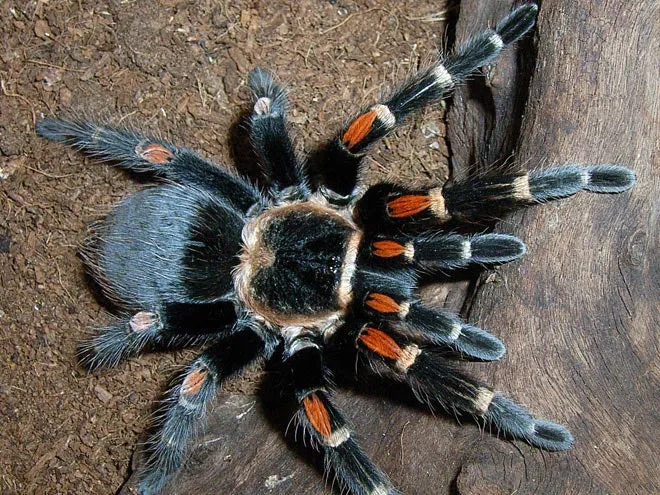What Makes a Tarantula Enclosure ‘Best’?
Choosing the best tarantula enclosure worldwide involves considering several crucial factors. It’s not just about aesthetics; the ideal enclosure provides a safe, secure, and comfortable environment for your eight-legged friend. The ‘best’ enclosure offers optimal living conditions, mimicking the tarantula’s natural habitat as closely as possible. This includes providing adequate space for movement, appropriate ventilation to prevent mold and maintain air quality, and the right substrate to facilitate burrowing or surface dwelling, depending on the species. Furthermore, ease of access for feeding, watering, and cleaning, alongside secure closures to prevent escapes, are all vital components of a top-tier enclosure. Therefore, the ‘best’ is a subjective term and depends on the tarantula species.
Size and Dimensions for Tarantulas
The size of the tarantula enclosure is paramount. A tarantula needs sufficient space to move around, hunt, and exhibit natural behaviors. The general rule of thumb is to provide an enclosure that is at least twice as wide as the tarantula’s leg span and at least as long. For arboreal species, the height of the enclosure is also critical, as they need room to climb and explore. Avoid enclosures that are excessively large, especially for juveniles, as this can make it difficult for them to find food and feel secure. The correct size minimizes stress and promotes healthy growth. Always base your decision on the species’ adult size and remember that larger spiders often need more space. Always consult care sheets for the species to have an accurate idea about requirements.
Importance of Ventilation
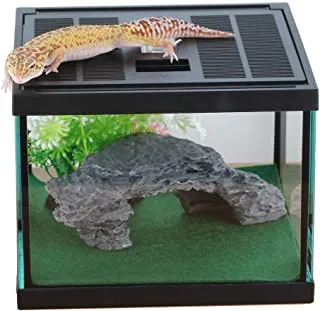
Ventilation is a critical aspect of any tarantula enclosure, ensuring the health and well-being of your pet. Proper airflow prevents the buildup of harmful bacteria, mold, and mildew, which can be detrimental to the tarantula. Poor ventilation can also lead to stagnant air, causing respiratory issues for the spider. The best enclosures incorporate ventilation systems that allow for adequate air exchange without compromising the humidity levels needed for the tarantula’s species. Mesh tops, strategically placed vents, and cross-ventilation designs are all important features to consider. Regular inspection and maintenance of the ventilation system are also essential to ensure its continued effectiveness. Ensure that the ventilation system is designed to keep small insects out.
Types of Tarantula Enclosures
Tarantula enclosures come in various materials and designs, each with its own set of advantages and disadvantages. Understanding the different types available allows you to make an informed decision. The choice of enclosure type often depends on personal preference, budget, and the specific needs of the tarantula species. Selecting the right enclosure for your needs is vital to ensure your tarantula’s health and happiness.
Glass Enclosures
Glass enclosures are a popular choice for tarantula owners due to their clear visibility and aesthetic appeal. They offer an excellent view of your tarantula, allowing for easy observation and enjoyment. Glass is generally easy to clean and maintain, and it’s relatively durable. However, glass enclosures can be heavier than other types, and they may not always provide the best ventilation without modifications. They can also be more expensive than plastic options. Another concern is the potential for heat transfer; glass can sometimes get too hot or too cold depending on the surrounding environment. Be careful when using heat sources such as heat lamps.
Acrylic Enclosures
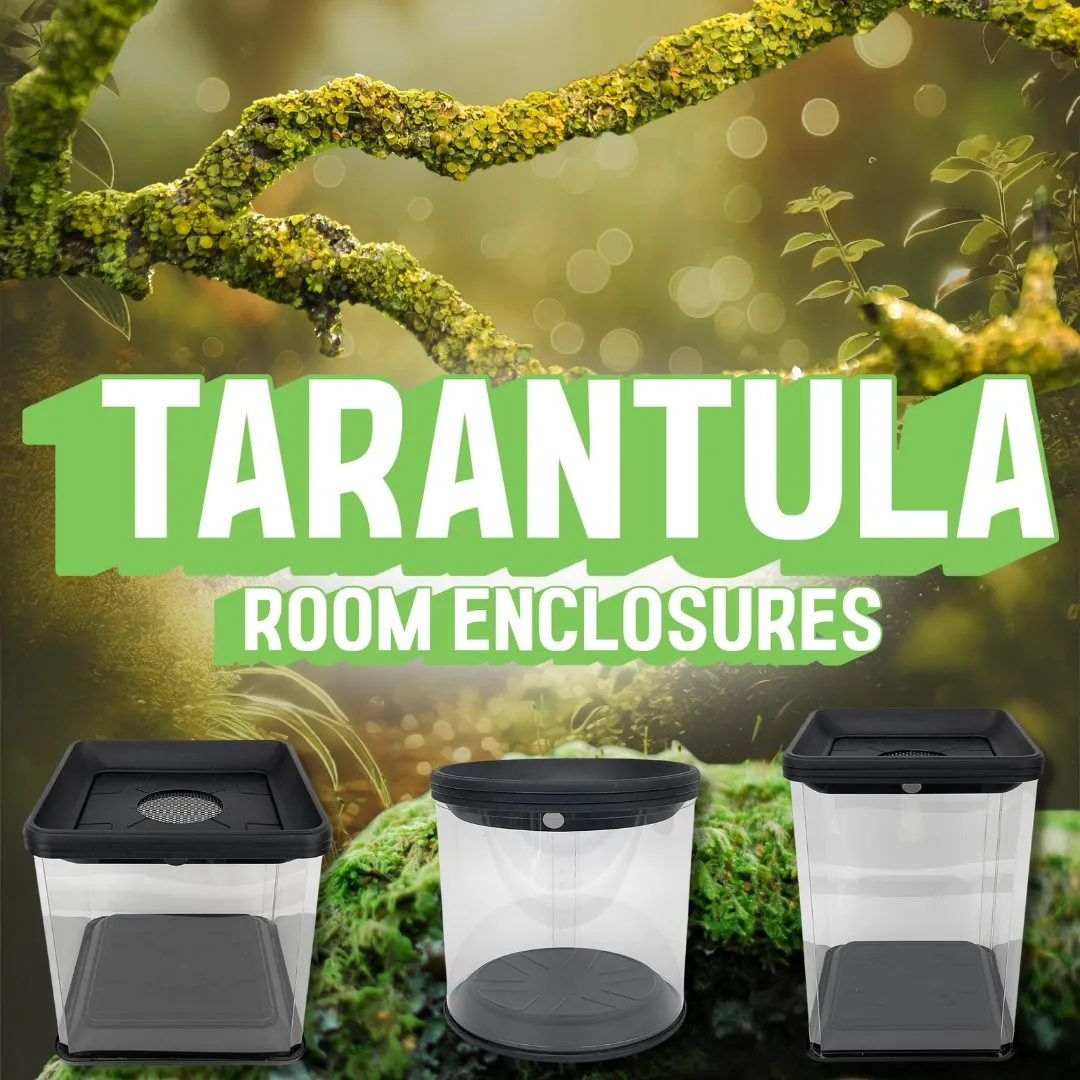
Acrylic enclosures are another excellent option, offering clear visibility similar to glass but with some key advantages. Acrylic is lighter, more resistant to breakage, and provides better insulation, which can help maintain stable temperatures. They are available in various sizes and shapes and often feature pre-drilled ventilation holes. Acrylic enclosures can be prone to scratches, so it is important to handle them with care when cleaning. They are, however, generally more expensive than glass and plastic alternatives. Many keepers prefer the flexibility and look of acrylic over other materials.
Plastic Enclosures
Plastic enclosures are often the most budget-friendly option and are generally lightweight. They are available in a wide range of sizes and shapes and can be easily cleaned and disinfected. The clear plastic allows for decent visibility, although it may not be as pristine as glass or acrylic. However, plastic enclosures may not always be as durable, and the ventilation can be less effective, requiring careful monitoring. Some plastic enclosures may also warp or crack over time with repeated cleaning or exposure to heat. These enclosures are frequently used for juveniles and smaller species of tarantula.
Top 5 Tarantula Enclosures Worldwide
Here are our top 5 picks for the best tarantula enclosures available worldwide, considering factors such as quality, design, ventilation, and ease of use. These are recommendations, and you should always make a choice based on your tarantula’s needs.
Enclosure 1 Overview
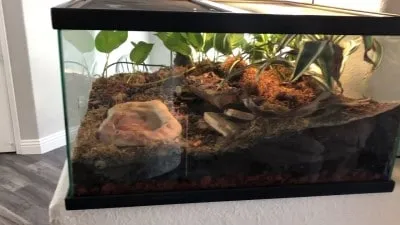
This enclosure is a popular choice for its durability and versatility. It is made of high-quality acrylic and features excellent ventilation through a well-designed top mesh. It is available in various sizes, making it suitable for a wide range of tarantula species. The clear view allows for great observation of your spider.
Pros of Enclosure 1
- Durable and long-lasting acrylic construction
- Excellent ventilation
- Clear visibility
- Available in multiple sizes
Cons of Enclosure 1
- May scratch easily
- Can be expensive
Enclosure 2 Overview
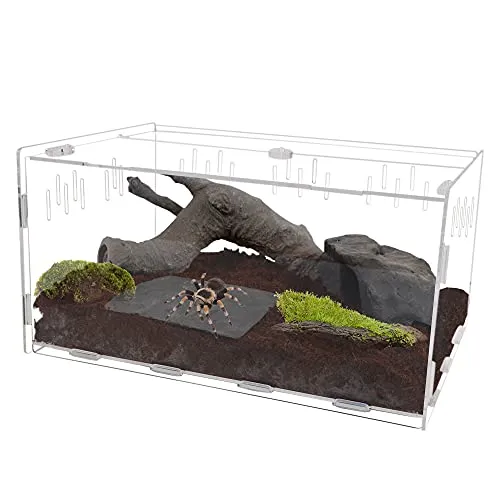
This glass enclosure is a great option. The design emphasizes simplicity and functionality. It features a secure lid and pre-drilled ventilation holes. The glass provides an unobstructed view of your tarantula, making it a great addition to your home.
Pros of Enclosure 2
- Clear view of the tarantula
- Durable glass construction
- Simple and functional design
Cons of Enclosure 2
- Can be heavy
- Ventilation may need some upgrades
Enclosure 3 Overview
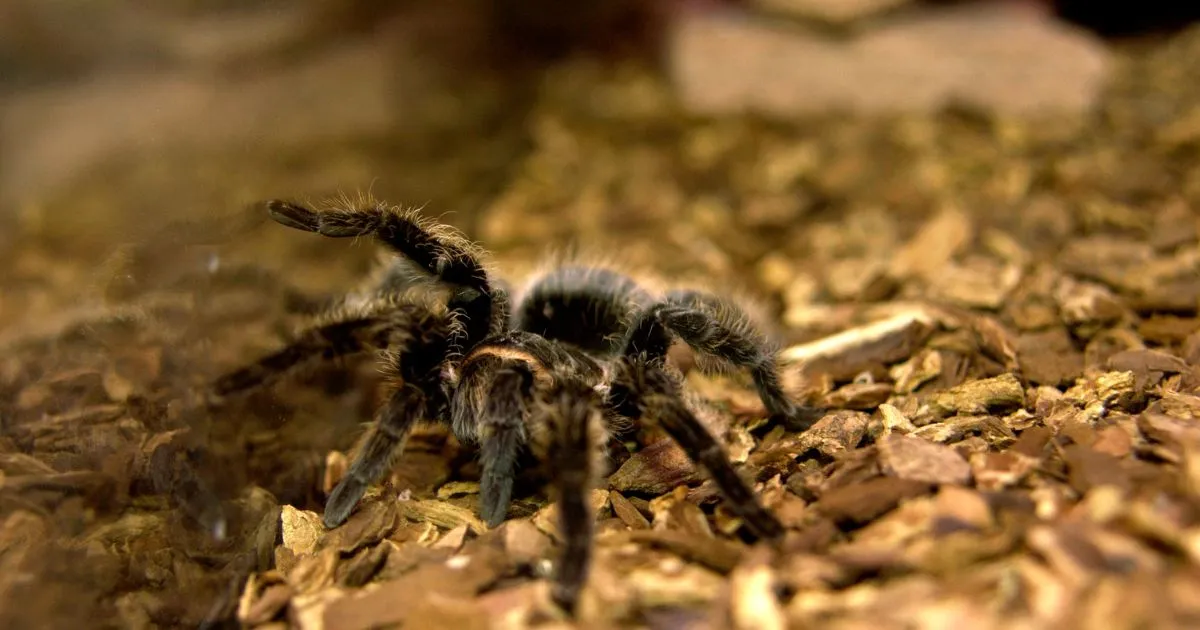
This plastic enclosure is ideal for beginners due to its affordability and ease of use. It offers adequate ventilation and is lightweight, making it easy to move. The plastic is clear and allows for good visibility.
Pros of Enclosure 3
- Affordable
- Lightweight and easy to handle
- Good for beginners
Cons of Enclosure 3
- May not be as durable as other options
- Ventilation can be a problem
Enclosure 4 Overview
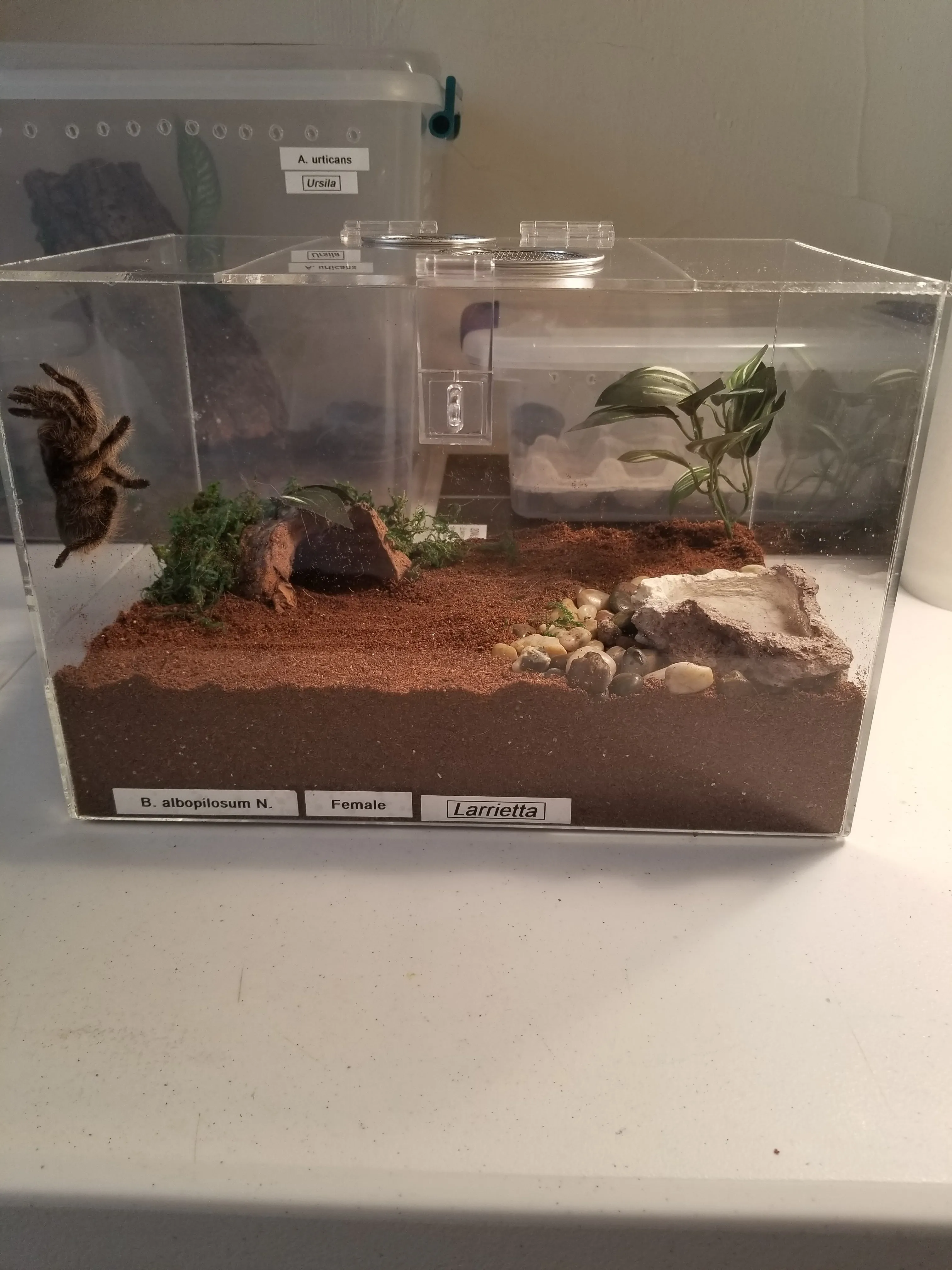
This enclosure is known for its innovative features. The design incorporates features such as a built-in feeding system. It is available in multiple sizes, and its unique look and features make it a great addition for any collector.
Pros of Enclosure 4
- Innovative design with unique features
- Built-in feeding system
- Good ventilation
Cons of Enclosure 4
- May be more expensive
- Features may not be suitable for every keeper
Enclosure 5 Overview
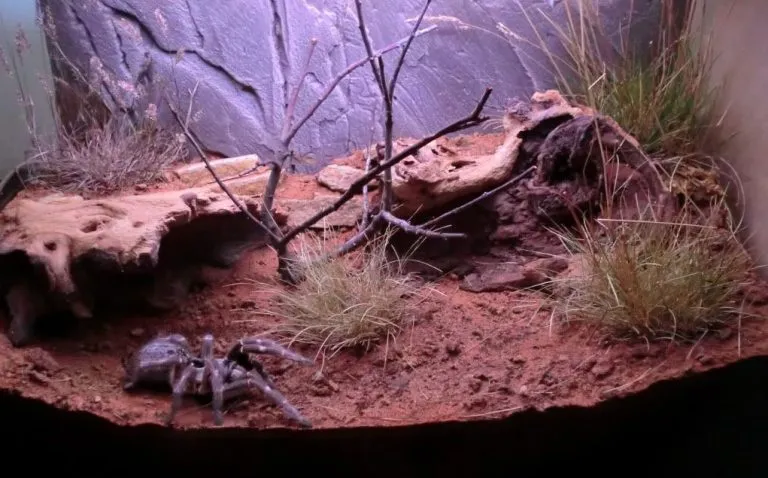
This enclosure is a great, all-around option that strikes a balance between price, quality, and design. It features a robust construction with secure closures. It is a great choice for keepers of multiple species.
Pros of Enclosure 5
- Balanced design and features
- Secure closures
- Easy to maintain
Cons of Enclosure 5
- May lack some specialized features
- May require additional humidity control
Essential Features of a Tarantula Enclosure
Beyond the basic enclosure structure, several features are essential for a healthy tarantula habitat. Secure closures are a must to prevent escapes, which can be detrimental to both the tarantula and the household. The enclosure should have a lid that fits snugly and ideally has a locking mechanism, especially for larger or more active species. Accessibility for maintenance, including feeding, watering, and cleaning, is also crucial. Front-opening doors or removable tops make these tasks easier. Finally, consider the overall design and aesthetic appeal; a well-designed enclosure should be both functional and visually pleasing, allowing you to enjoy observing your tarantula.
Substrate Requirements
The substrate is the flooring of your tarantula’s home and plays a significant role in its well-being. The ideal substrate should absorb moisture to help maintain proper humidity levels, allowing for burrowing or surface activity. The choice of substrate depends on the species, as some tarantulas prefer to burrow, while others are happier on the surface. Common substrates include coconut fiber, peat moss, and vermiculite. It’s important to use a substrate that is free of pesticides and other harmful chemicals. The substrate should be deep enough to allow for burrowing if your tarantula is a burrowing species. Regularly monitor and replace the substrate as needed to keep the enclosure clean and healthy. Good substrate will often help to keep odors at bay.
Heating and Lighting Needs
Most tarantulas do not require supplemental heating or lighting, as they thrive at room temperature. However, it is crucial to maintain the correct temperature and humidity levels based on the species. If the ambient temperature in your home drops below the recommended range, you may need to provide a gentle heat source, such as a heat mat attached to the side of the enclosure. Never place the heat source directly inside the enclosure, as this can harm the tarantula. Lighting is generally not necessary, and bright lights can stress the tarantula. If you choose to use lighting, be sure to use low-wattage bulbs and provide plenty of hiding places to give your tarantula the option to retreat from the light.
Decorating the Tarantula Enclosure
Decorating the tarantula enclosure is more than just adding aesthetics; it provides enrichment and security for your pet. Provide a variety of hiding places, such as cork bark, artificial plants, or even a small hide. These structures help the tarantula feel secure and provide a space to retreat. Ensure that any decorations are clean, non-toxic, and free of sharp edges. Avoid using decorations that could trap the tarantula or make it difficult to move around. The goal is to create a naturalistic environment that mimics the tarantula’s natural habitat, which will reduce stress and improve its quality of life.
Maintaining Your Tarantula Enclosure
Regular maintenance is essential to keeping your tarantula’s enclosure a healthy and comfortable home. This includes spot cleaning to remove any uneaten food, molts, or waste. Replace the substrate periodically to prevent the buildup of harmful bacteria and maintain the proper humidity levels. Regularly check and clean the water dish, and ensure a fresh water supply is always available. Inspect the enclosure for any signs of damage, and make any necessary repairs promptly. By following a consistent maintenance routine, you can ensure that your tarantula’s enclosure remains a safe and comfortable environment. Good care is a key to a happy and long-lived tarantula.
